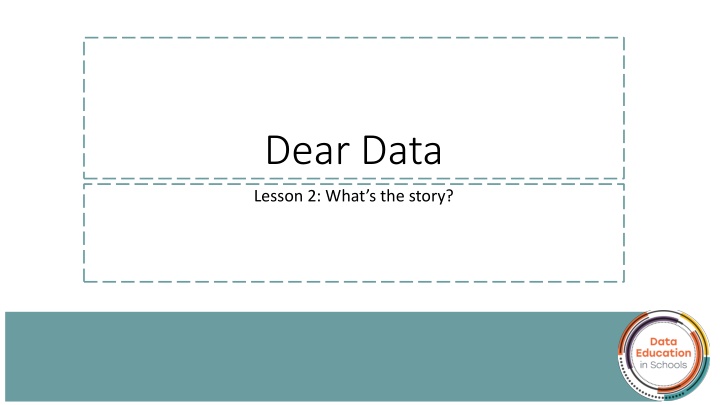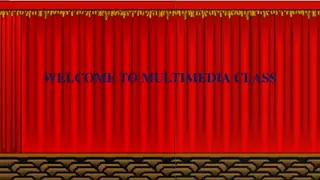
Uncover Data Stories: Analyzing Depth Questions and Visualizations
Dive into the world of data analysis with lessons focused on exploring emotions, sounds, and more through detailed questions and visualizations. Discover how to find stories within collected data, complete complex tally charts, and identify unusual patterns. Get started by analyzing various levels of questions and creating visual representations for a deeper understanding of your data.
Download Presentation

Please find below an Image/Link to download the presentation.
The content on the website is provided AS IS for your information and personal use only. It may not be sold, licensed, or shared on other websites without obtaining consent from the author. If you encounter any issues during the download, it is possible that the publisher has removed the file from their server.
You are allowed to download the files provided on this website for personal or commercial use, subject to the condition that they are used lawfully. All files are the property of their respective owners.
The content on the website is provided AS IS for your information and personal use only. It may not be sold, licensed, or shared on other websites without obtaining consent from the author.
E N D
Presentation Transcript
Dear Data Lesson 2: What s the story?
Starter Task: From last week, what depth questions could you ask for these topics? 1. 2. The emotions you feel The sounds you hear
Learning Intentions To find a story in the data collected To complete a more complex tally chart Use a more complex tally chart to explore your data for unusual patterns
Success Criteria Found a story in your data Worked on (hopefully completed) your complex tally chart Identified any unusual data in your collection
Finding the question for your visualisation What you did Where you did it The size of books you own How much you have drunk The clothes you wear (or don t) Where you spend your time What do you do with your days Where you keep your books The answer to the question will be shown in our visualisation. To get started we are going to find how many unique answers there are to each of our data depth questions.
Step 1: Analyse Level 1 Make a copy of the table on the right. The first question was: How did I consume the media? Look at the example answers on the next slide. There are 4 possible answers in Level 1. Enter the number 4 in your table at Level 1
Step 2 Analyse Step 2 The second question was: What did I consume the media on? Look at the example answers on the next slide. There are 8 possible answers in Level 2. Enter the number 8 in your table at Level 2
Example Answers What did I consume the media on?
Finish your analysis Once you have finished analysing your data you have a simple visualisation like this Continue the same way through all your questions. Sometimes you may want to group data rather than collecting individually for example times(06:15, 15:00, 22:00) to time of day (morning, afternoon, night) Duration into <2hours 2 to 4 hours 5+ hours
Our Goal We are going to create a more detailed tally chart. What do you think it is telling you? Our goal is to make one of these for the data you collected in part 1. Dining Room
Step 1 What is our main question? The first focus is on the question we are going to create our visual around. These are the two areas of the sheet to focus on with this task. Lets look at some examples with the sample data
Main Focus on location Look through the answer cards and find the unique answers to the where question. Put these answers in the main focus column
Main Focus on why Another way to look at the data is to change our main focus to answer the question why did I consume the media Look through the answer cards and find the unique answers to the why question. Put these answers in the main focus column
Step 2 Adding more data The next focus is on the answers to the unique answers to the other questions The top row of the sheet will be used to add this new information Lets look at some examples with the sample data (using the location main focus) Living Room
Step 2 How I consumed the media Start with the example where the main focus is location. Add the answers to the how question to the top row of the table.
Step 3 When did I consume the media? Now add the answers to the question When did I consume the media
Step 4 For how long did I consume the media? Now add the answers to the question For how did I consume the media? Carry on adding information to the table until you have the answers to all your remaining questions along the top row
Step 4 Preparing to add the data The next focus is tallying all the combinations of data so that we can find something interesting in the data. Start with your empty table as shown here.
Step 5 Reviewing answers and adding the data Review each set of answers and add the data to your empty table. Repeat the steps until you have added answers from all your cards to the tally chart
TASK: Tallying your homework data Using the sheet and the examples we have looked at create a tally of the data you collected for homework
Missing (or extra) Data, is it important? During the week that you collected data did anything happen that changed the data you collected? For example: A holiday may increase the amount of media consumed on a day compared to the norm A family dinner out may lead to a day when there is less phone usage compared to the norm These should be noted in our final visualization if they effect the chosen data, the example data has very little for Monday as there was an event attended all day.
TASK: Unusual Data Is there any unusual data in your collected data? If there is note it on your sheet somewhere to remind you when you start on your visualizations. Finish you tally chart of data
If you require this document in an alternative format, such as large print or a coloured background, please contact Claire Sowton, data.schools@ed.ac.uk or Moray House School of Education and Sport, St John s Land, Holyrood Road, Edinburgh, EH8 8AQ






















